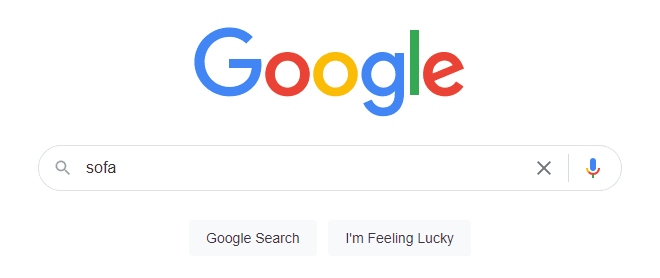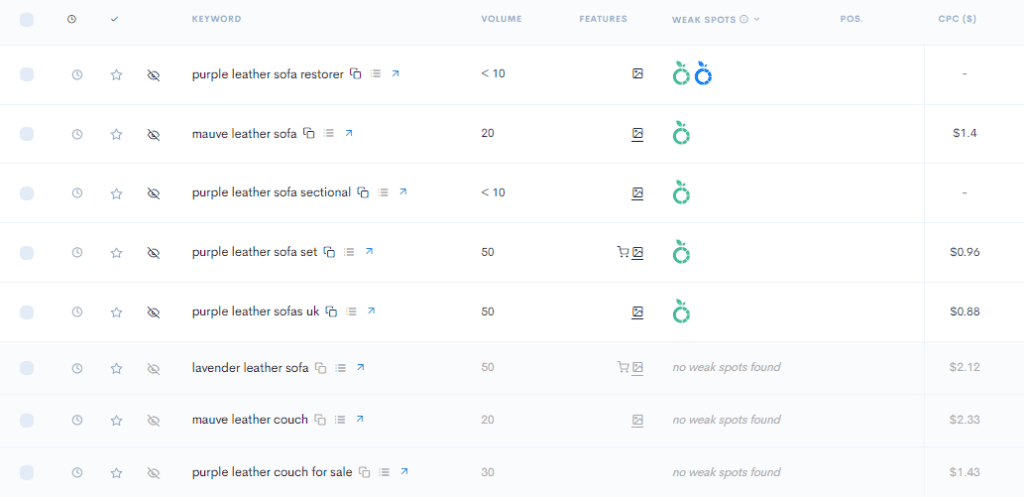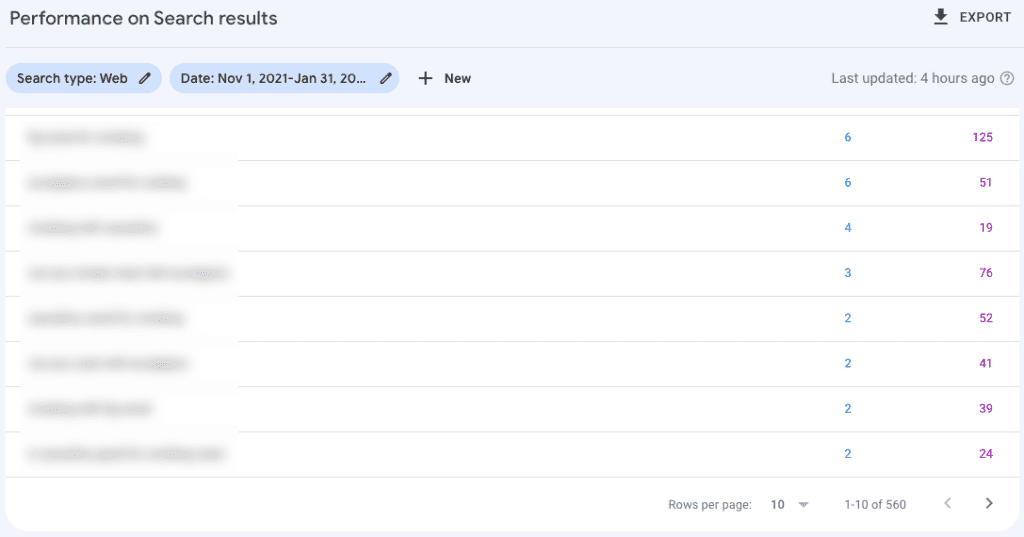How to Choose Great Seed Keywords
Lana Rafaela
All epic journeys start with a single step. In SEO, your first step is your seed keyword. Today, I’ll show you how to choose great seed keywords that generate plenty of keyword ideas.
Let’s dive in! ?
What Is a Seed Keyword?

? Seed keywords are the baseline search terms explaining your topic. They allow you to generate detailed keywords you’ll target with your content. ?
Example: if your seed keyword is “sofa” and you run a keyword report with LowFruits:

? (LowFruits uses your seed keyword to get long-tail keywords using 180+ modifiers. Your simple search generates over 54 pages of long-tail keyword ideas.)
How to Get Great Seed Keywords
? Brainstorm your main topics and sub-topics
? Make a list of broad keywords
? Analyze your broad keywords with LowFruits to get long-tail keyword ideas

? Think about keyword intent: what do the searchers want to achieve?
? (Example: run a wildcard search for a keyword like ‘best * sofa.’ This modifier signifies purchase intent, so you can target the long-tail keywords with pages and other commercial content.)
? Import your keyword list (if you made a list without LowFruits) and analyze it

Warning: Detailed Seed Keywords
Don’t make your seed keyword so detailed that you can’t generate ideas:
❌ Bad seed keyword: “mauve leather sofa for senior dogs” (too broad)
✔️ Good seed keyword: “leather sofa for dogs”
(Your seed keyword doesn’t generate additional results? People aren’t searching for it. Use a broader seed keyword.)
What Are the Different Types of Seed Keywords?
Broad Seed Keywords: Pros & Cons
? Broad seed keywords: ?
- Show you all the modified and detailed queries people search for
- Generate thousands of keyword ideas ?
- Offer many keywords with high search volume (but have fiercer competition)
- Generate long-tail keywords with higher intent
(Use broad seed keywords to generate more long-tail keyword ideas. for example, a search for “sofa” generates ideas such as: “2-seater chesterfield sofa,” “pet-friendly sofa,” and “outdoors sofa.”)

Narrow Seed Keywords: Pros & Cons
? Narrow seed keywords: ?
- Are more detailed and specific
- Don’t have as many competitors
- Typically generate better traffic conversions (high intent)
- The search volume is lower
- You can’t generate as many keyword ideas as with broad seed keywords
(Example: I’ll analyze “leather sofa.” I still get hundreds of keyword ideas, and LowFruits shows me CPC, search volume, intent, and more SERP information for each.)

Highly-Targeted Seed Keywords: Pros & Cons
Highly-targeted seed keywords:
- Very specific (e.g. ‘mauve leather sofas’)
- Often high purchasing intent (leads look for specific things to buy)
- They don’t generate many additional keyword ideas
- Fewer competitors
- Low search volume

How to Find Seed Keyword Ideas
People Also Ask and Related Searches
? The People Also Ask section will show you what your audience wants to know.

? The Related Searches section will show you other keywords your audience is looking for:

Find Great Seed Keywords with Google Autocomplete
? Google autocomplete generates thousands of additional keyword ideas depending on your cursor position, modifiers, and more.

Google Search Console
? (If you already get traffic.) Check the keywords your pages appear for in the Google Search Console “Queries” tab.

Wildcard Search
? Wildcard searches replace 1 item in your query with an asterisk (*). You can generate 100s of high-intent keywords:

Get Seed Keyword Ideas From Your Competitors
? Extract seed keywords from your competitors.
Do it manually or use LowFruits.

? Analyze the competitor’s domain for keywords
? Select the KWs you want to analyze:

? Is your Domain Authority low? Extract keywords from competitors with similar DA.
Recap: Seed Keywords Are the Foundation of Your SEO
- Brainstorm your main topics and sub-topics to get seed keywords
- Choose broad seed keywords for further analysis (don’t target them directly with content because they’re very competitive)
- Choose narrow seed keywords to write content
- Choose highly-targeted seed keywords for landing pages
- Analyze your seed keywords with LowFruits to get long-tail ideas for your content